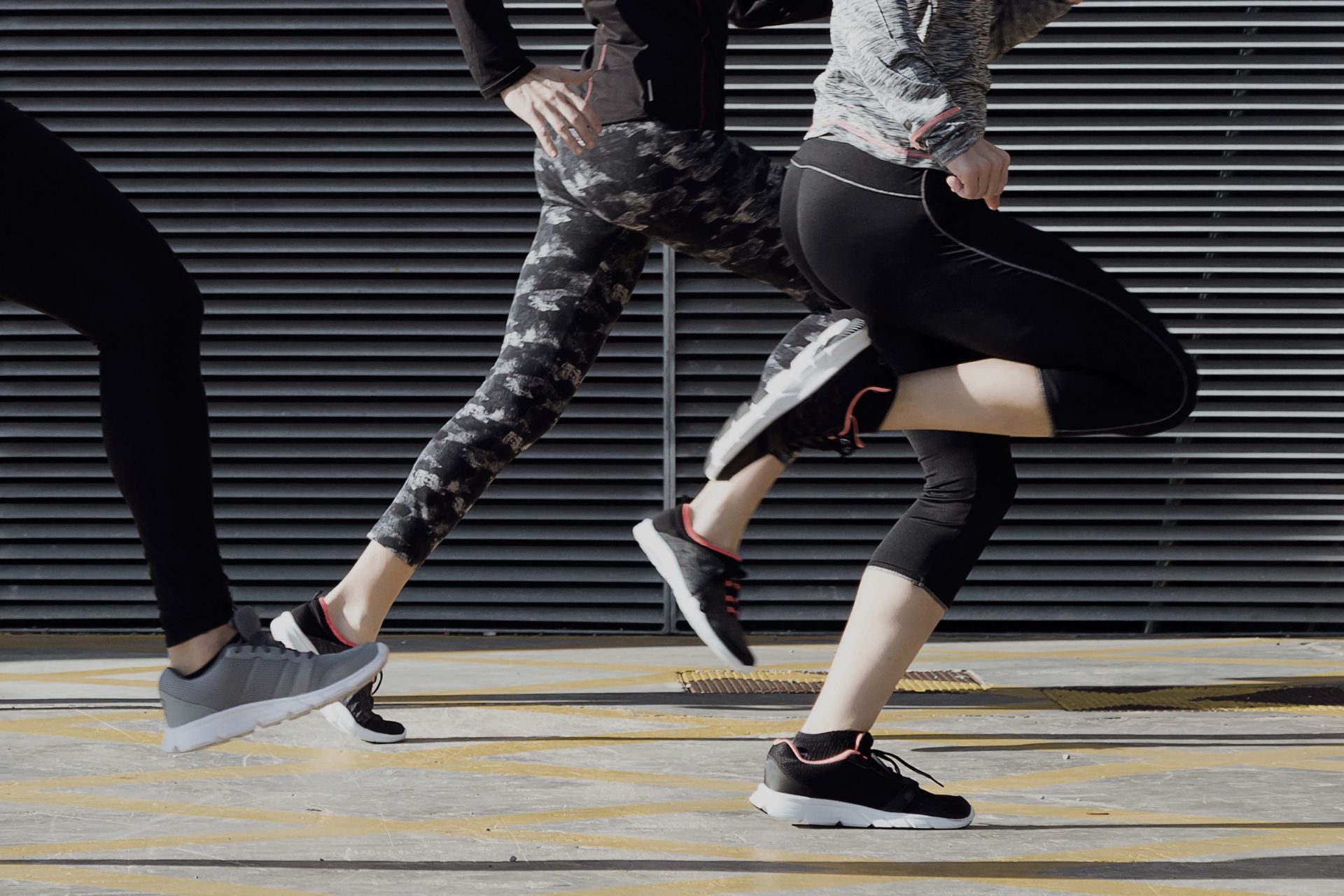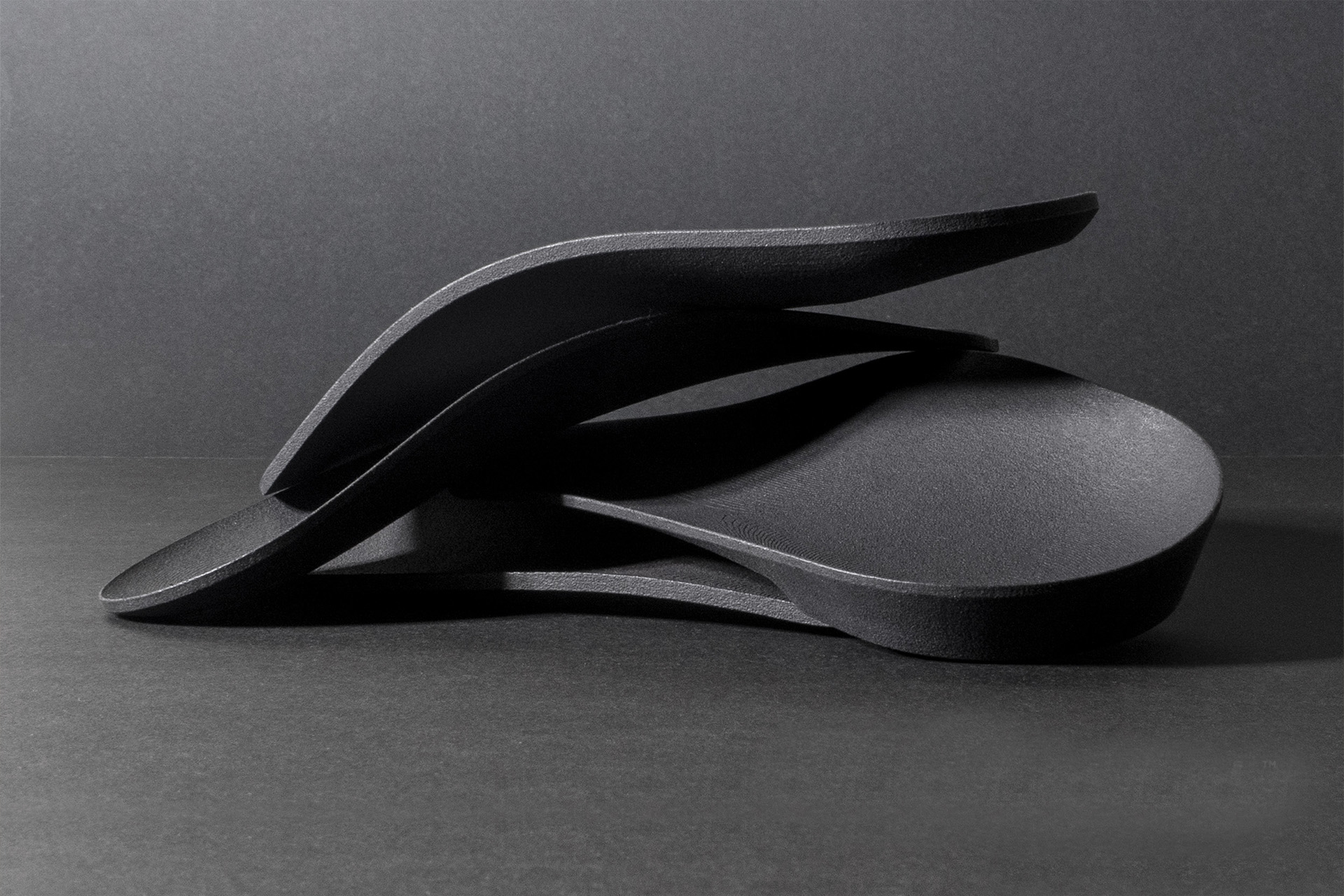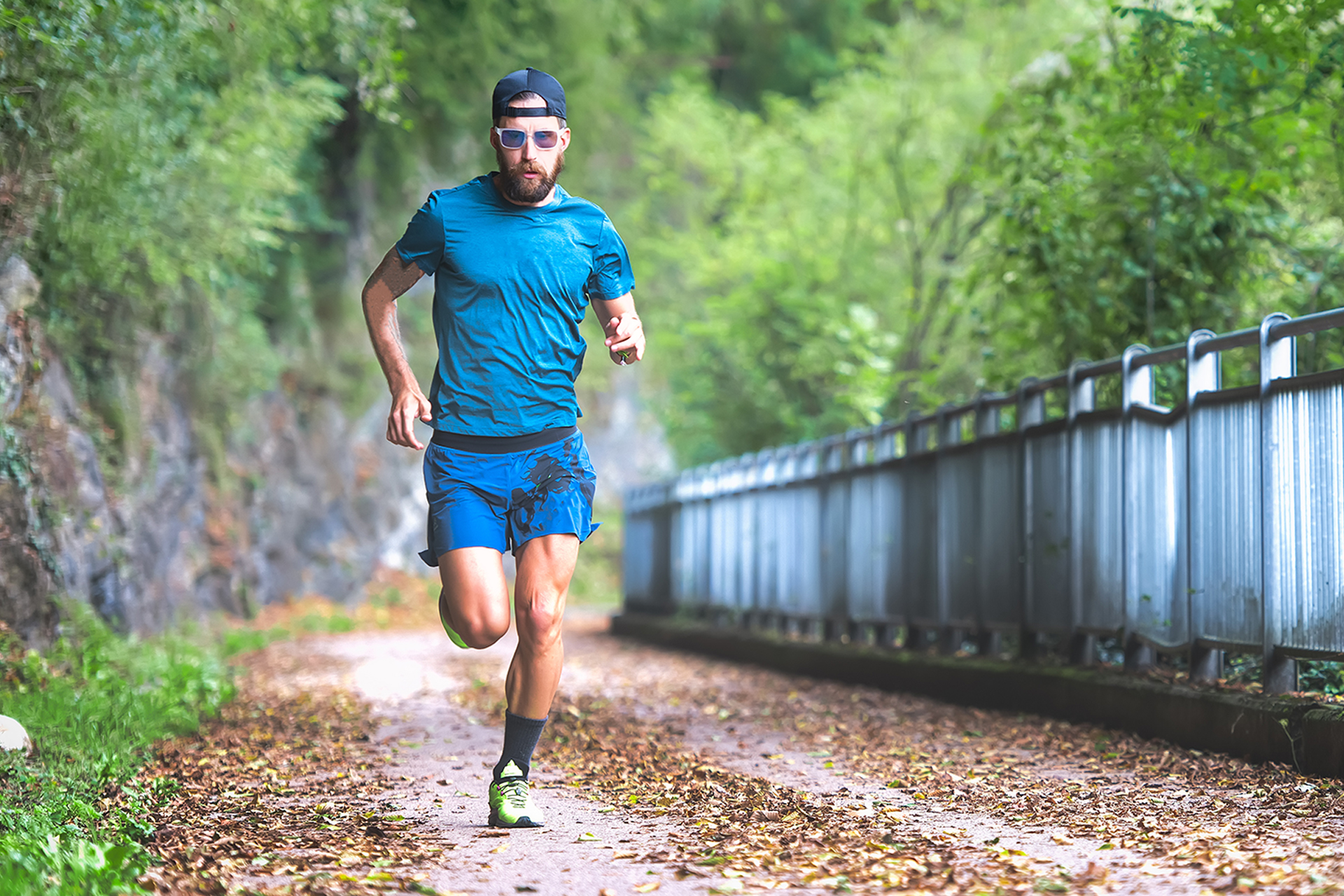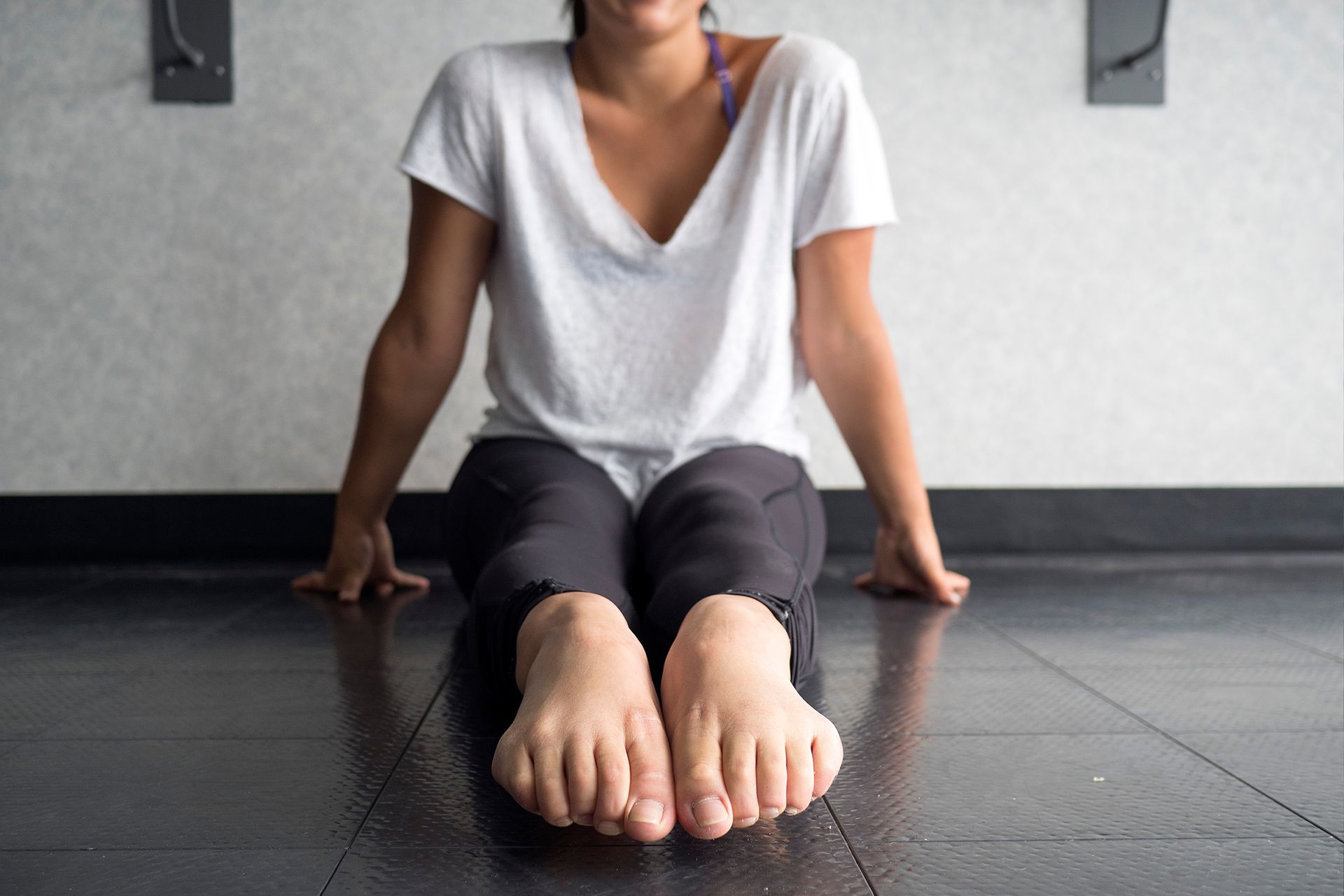What exactly is a calf? According to the dictionary, it is a ladybug, but I hope that everyone who reads this article already knows that we are not talking about them. Anatomically speaking, what we call a “calf” are actually three muscles: the calf, the sole, and the sole (yes, the mouth). The three muscles merge through the connective tissue in the lower extremities of the leg and connect to the Achilles tendon.
The main task of the “calf” muscles – to ensure forward movement, such as walking, running, jumping, tearing the heel off the ground. Usually, when we strain a calf, we mean gastrocnemius. Muscle fibers tear due to excessive elongation or varying degrees of fatigue.
(Are you already asleep or can you stand it?) So when we walk, run or jump, we don’t just do it with our calf. In fact, we make the whole body. Surprisingly, almost every muscle is involved in running. Some contract, some stretch, some remain the same, but they are all involved – from a biomechanical point of view – before moving.
So why does a calf usually get injured while running or playing tennis? Well, there are many factors, but basically two of them are clearly related to calf loads: age and previous injuries. At first, this may seem overwhelming. I asked myself, how did you probably do: what about weight, height, gender, shoes, etc.? Well, according to a recent systematic review by Green and Pizzari on calf muscle injuries, other factors “have no evidence of a connection” [1]. This does not mean that all other factors are not taken into account, just that they are not statistically significant. Simple English, each his own.
Thus, with age, the risk of stress on the calf during the run increases. Fact. Why this is so is not entirely clear. Muscle fibers are more likely to lose elasticity, even if you train them. Again, we are talking about the whole body, not just gastrocnemius. Joints become stiffer, muscles less elastic, so we tend to strain them more. It makes sense: any machine – even one that has been perfectly maintained and lubricated with oil – becomes less efficient with age.
So what can be done? How can we prevent or at least minimize the risk of getting a full calf? Well, what does everyone tell you before running, and mostly before any physical training? Yes, STRETCH. What does no one tell you because they don’t know, and it’s also unintuitive? TRIP OF FORCE. Yes, you read that right: strength training.
In a massive review, assessing over 25 trials, over 26,000 participants and almost 3,500 injuries reached not one but two shocking conclusions (you might wanna sit down for this): Stretching is not beneficial when it comes to calf injuries. It may not harm but it does not help either, from a statistical point of view [2].
Strength training reduces calf injuries by at least 50 (FIFTY!!!) percent.
The study lacks one thing: the cohorts are indeed performance sportsmen and women but there is no study particular to runners. However, the results – in my opinion – are too categorical to ignore.
According to the American Society of Biomechanics – strength training may be one of the most important means to prevent calf injuries. Because as we get older – we tend to take smaller steps and use our upper legs and joints to achieve pace, and in order to achieve proper push-off our calves work harder. Strength training is basically prevention [3].
If you recall, from the beginning of this article, the other risk factor for calf strains is previous calf strains. If you think about it, it makes sense. When we strain the gastrocnemius muscle fibers tear, in various degrees. Yes, they heal but rarely as good as new. So if you hadn’t had a calf strain by now, kudos to you. You may want to consider strength training – just as a prophylactic measure. If you have been previously injured first make sure you heal properly and then consider…strength training.
If you are recovering from an injury, looking to prevent future injuries, or simply want to see how you can improve your performance, read more about how our Sports Podiatry services can help.
Sources
[1] Lauersen JB, Bertelsen DM, Andersen LBThe effectiveness of exercise interventions to prevent sports injuries: a systematic review and meta-analysis of randomised controlled trialsBritish Journal of Sports Medicine 2014;48:871-877.
[2] Lauersen JB, Bertelsen DM, Andersen LBThe effectiveness of exercise interventions to prevent sports injuries: a systematic review and meta-analysis of randomised controlled trialsBritish Journal of Sports Medicine 2014;48:871-877.
[3] Gretchen Reynolds, The New York Times, September 9, 2015






